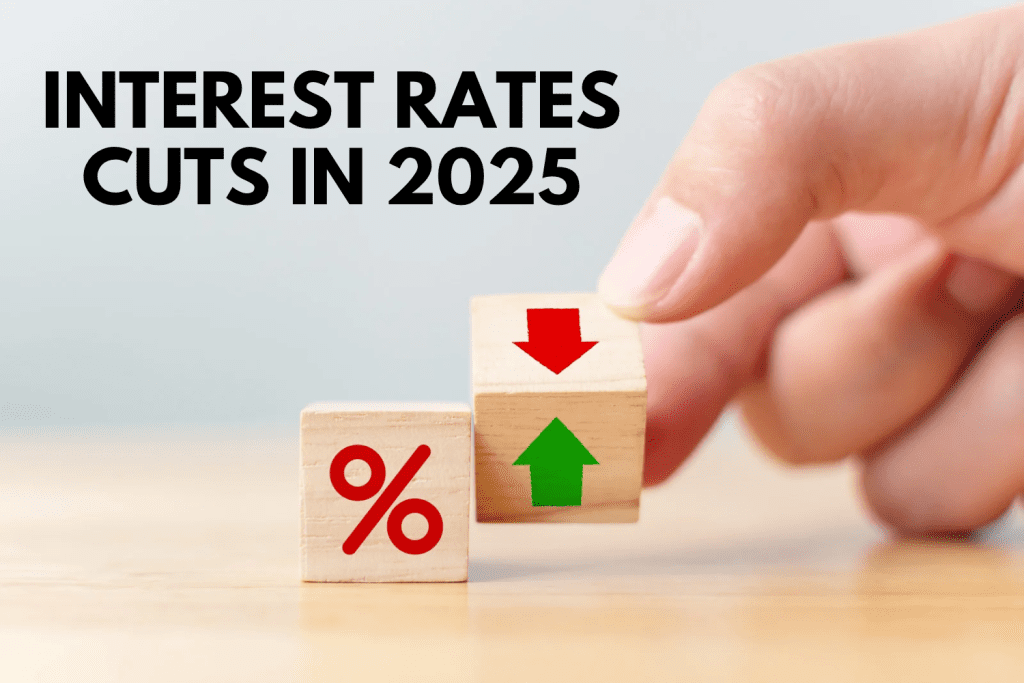
As Australia stands at a critical economic crossroads in 2025, the signals are becoming increasingly hard to ignore—another wave of interest rate cuts appears not only likely but imminent. From the tremors reverberating through Wall Street to the growing unease in domestic boardrooms, the landscape is shifting fast. Inflation remains a stubborn undercurrent, operational costs for businesses are hitting all-time highs, and energy and construction prices continue their relentless climb. Add to this a fragile consumer sentiment and a business community hesitating to invest amid rising financial pressures, and the picture becomes clear: the Reserve Bank of Australia (RBA) will have no choice but to act. Property investors are entering a window of rare opportunity, one where those who prepare now will reap the rewards later. Let’s take a quick look at powerful economic currents shaping the RBA’s next moves and how savvy property investors can position themselves for success before the next rate drop lands.
Wall Street’s Decline and Its Ripple Effects
The recent downturn in global financial markets, particularly the significant losses on Wall Street, has had a cascading effect on Australia’s economy. The Australian share market experienced a 3.6% decline following the U.S. administration’s announcement of new tariffs, highlighting the interconnectedness of global economies and the susceptibility of Australia’s market to international shocks .
Such volatility in international markets often leads to reduced investor confidence and can dampen economic growth domestically. In response, central banks, including the RBA, may opt to lower interest rates to stimulate economic activity and counteract the negative impacts of global financial instability.
A Fragile Domestic Economy
Domestically, Australia’s economic indicators suggest a period of subdued growth. The RBA’s forecasts for 2025 include a GDP growth of 2.4%, an unemployment rate of 4.2%, and a Consumer Price Index (CPI) inflation of 3.7% . While these figures do not indicate an immediate recession, they reflect a cautious economic environment where proactive measures, such as interest rate reductions, may be necessary to bolster growth.
Business Confidence Undermined by Rising Operational Costs
Australian businesses are grappling with escalating operational expenses. The Roy Morgan Business Confidence index dropped by 2.5 points to 106.0 in March 2025, despite a prior interest rate cut by the RBA . This decline underscores the challenges businesses face, including increased costs for materials and labor.
The Australian Bureau of Statistics reported a 0.3% rise in heavy and civil engineering construction prices in the March quarter, attributed to higher input costs such as fuel prices and wage increases . These rising expenses strain profit margins and can lead to reduced investment and hiring, further slowing economic momentum.
Escalating Energy Prices Add to Economic Strain

Energy costs are surging across Australia, placing additional burdens on households and businesses. The Australian Energy Regulator announced electricity price increases of up to 9.7% for New South Wales customers starting July 1, 2025 . These hikes are driven by rising wholesale costs and the expenses associated with transitioning to renewable energy sources.
The financial strain from higher energy bills can reduce consumer spending and increase operating costs for businesses, potentially leading to decreased economic activity. In such scenarios, lowering interest rates can help alleviate some of the financial pressures on consumers and businesses alike.
Government and RBA’s Role in Economic Stabilization
In light of these challenges, the RBA has already taken steps to ease monetary policy. On May 20, 2025, the RBA reduced the cash rate by 25 basis points to 3.85%, citing diminished upside risks to inflation and the need to support economic growth amid global uncertainties .
This move indicates the RBA’s readiness to implement further rate cuts if necessary. Such actions aim to lower borrowing costs, encourage spending and investment, and ultimately stimulate economic activity.
Preparing for Opportunities in the Real Estate Market
For property investors, the prospect of declining interest rates presents a strategic opportunity. Lower borrowing costs can enhance purchasing power and improve returns on investment properties.
At Cashflow Properties, we understand the importance of timely action in such market conditions. Our founder recently leveraged $960,000 in equity to acquire between 7 to 10 properties over the next six months, capitalizing on the favorable lending environment.
Are you prepared to assess your financial position and seize similar opportunities? Our finance team at Cashflow Properties is here to assist you in evaluating your readiness to expand or initiate your property portfolio.
Wrapping It Up
The combination of global market volatility, a fragile domestic economy, rising operational and energy costs, and proactive monetary policy by the RBA suggests that further interest rate reductions are likely in 2025. For investors, particularly in the real estate sector, this environment offers potential advantages. Engaging with financial experts and conducting thorough assessments can position you to make informed decisions and capitalize on emerging opportunities in the property market.

